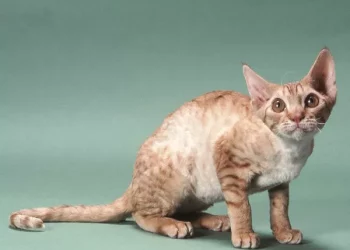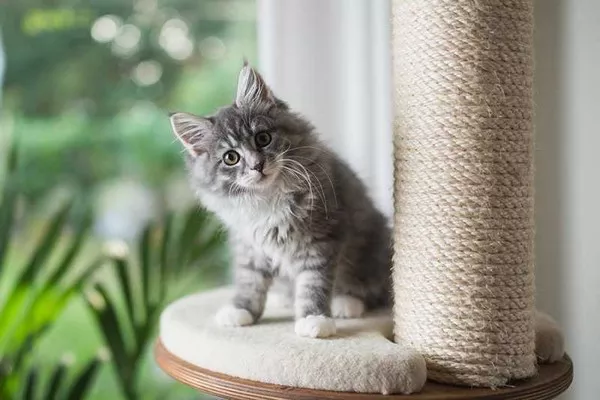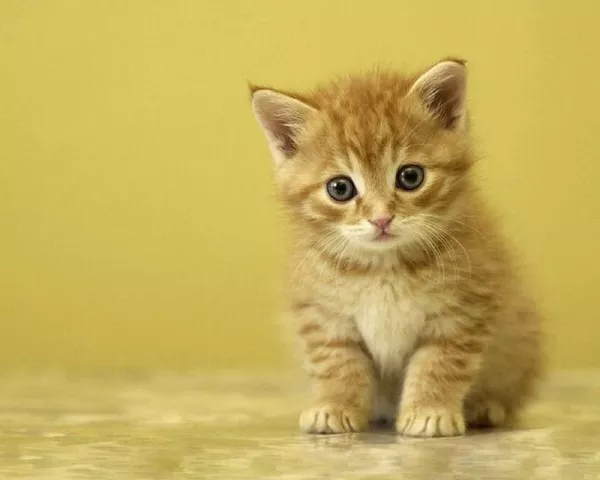Trimming a cat’s claws is an important part of cat grooming, and it helps to prevent their claws from becoming too long and sharp, which can lead to damage to furniture or injury to themselves or their owners. While most cats’ front claws wear down naturally through scratching, their back claws may require trimming every 4-6 weeks. Here’s a step-by-step guide on how to cut a cat’s back claws:
- Gather Your Supplies:
You will need a pair of sharp, dedicated cat nail clippers, not human nail clippers. You will also need styptic powder or cornstarch on hand to stop bleeding in case of accidental cuts to the quick.
- Prepare Your Cat:
Place your cat on a comfortable surface, such as a table or a grooming mat. Make sure your cat is calm and relaxed before beginning. You may need to use treats or rewards to make the experience more positive.
- Extend the Claw:
Gently press on the paw pad to extend the claw. This will make it easier to see where to cut.
- Identify the Quick:
The quick is the pink area in the center of the claw, containing blood vessels and nerves. It is important to avoid cutting the quick, as it can be painful for the cat and may result in bleeding.
- Cut the Claw:
Using the nail clippers, trim only the tip of the claw, taking care not to cut the quick. If your cat has dark claws, it may be more difficult to see the quick, so it is important to cut only a small amount at a time.
- Stop Bleeding:
If you accidentally cut the quick and the claw begins to bleed, apply a small amount of styptic powder or cornstarch to the nail to help stop the bleeding.
- Repeat the Process:
Continue trimming each claw on the back feet, taking care to avoid the quick.
- Reward Your Cat:
After trimming your cat’s claws, be sure to reward them with treats or praise to make the experience more positive.
It is important to note that if your cat is resistant to having their back claws trimmed, it may be helpful to seek the assistance of a professional pet groomer or a veterinarian. They will have the necessary skills and experience to safely trim your cat’s claws. It is also recommended to trim your cat’s claws regularly to prevent discomfort and injury. Following these steps will help to keep your cat’s claws at a healthy length and prevent damage to your home and furniture.

























